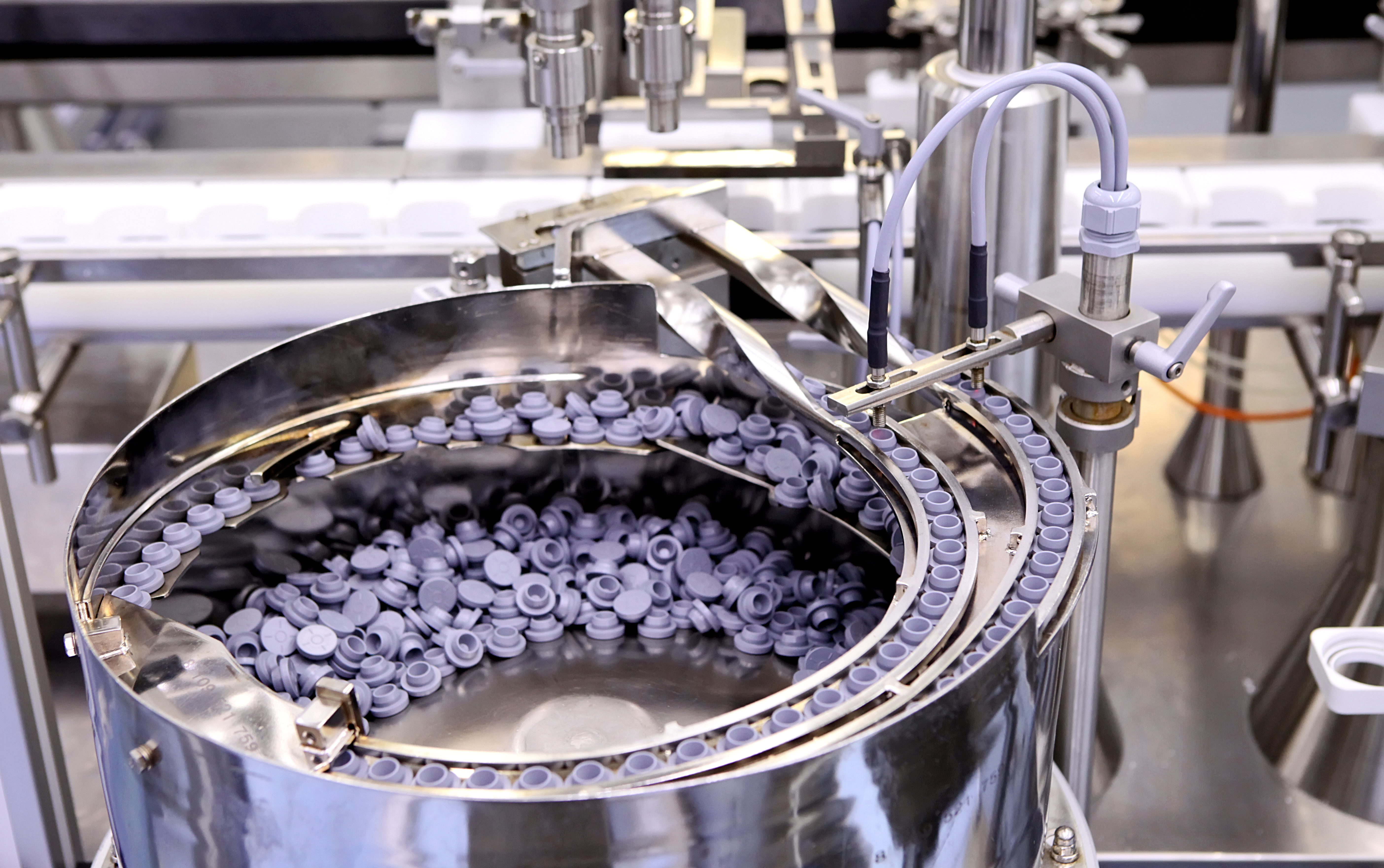How to determine if your medical devices are clean

The success of a medical device depends on both the details of its design and the proper selection of materials from which it is fabricated, taking in to account its final use and regulatory requirements. Success also depends on how it is manufactured, and a critical feature of medical device manufacturing is ensuring a suitably clean product. Cleaning is almost always performed in the final stages of manufacturing, but some manufacturing processes may include intermediate cleaning steps.
To ensure that the cleaning process is doing its job, manufacturers will perform cleanliness measurements on their devices to determine how much manufacturing residue remains on the part, and the nature of that manufacturing residue. Simply quantifying the presence of residues is not sufficient however, because this does not account for how sensitive the design is to that residue. For example, residual sodium chloride may be acceptable at gram quantities, whereas arsenic may not be acceptable at any level. A critical step in clean-line validation that is often missed is therefore to assess what is an allowable amount of residue while still ensuring a good clinical outcome of the device. Often this involves are considered cost-benefit analysis between the effort to clean, and the risk associated with that residue.
Cleanliness measurements are either performed by removing the residue from the part and quantifying the residue with various analytical assays, or by measuring the residue in situ on the part. The latter technique is less suitable for quantification measurements, but is useful for identifying where on the part the residue is residing, which may assist in modifying either the cleaning process or the part design. Cleanliness measurements include residue weighing, FTIR, GC and LC/MS, ICP, UV-Vis, and SEM-EDS to quantify and identify sources of residue.
To assess what levels of residues may remain on the part without impacting the clinical performance, manufacturers often look at devices on the market already in the same application area with good clinical history, and measure their residue levels. These levels can serve as guidance for establishing acceptable manufacturing residues. Alternatively, toxicological studies can be carried out, or some animal studies.
The manufacturers clean-line can then be validated using the cleaning assays discussed above, along with the allowable residue levels the manufacturer previously determined. To validate a clean-line, a representative number of devices are tested under normal operating conditions as well as the extremes of the operating conditions, to see if the process is in control.
ASTM offers several standards for testing the cleanliness of medical devices, and new standards are being developed for clean-line validation and establishing allowable residue levels. Cambridge Polymer Group performs these standards for clients, and assists with clean-line validation.
Case studies on medical device cleanliness can be found here.